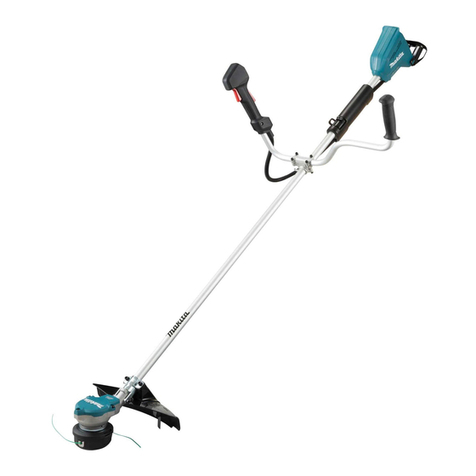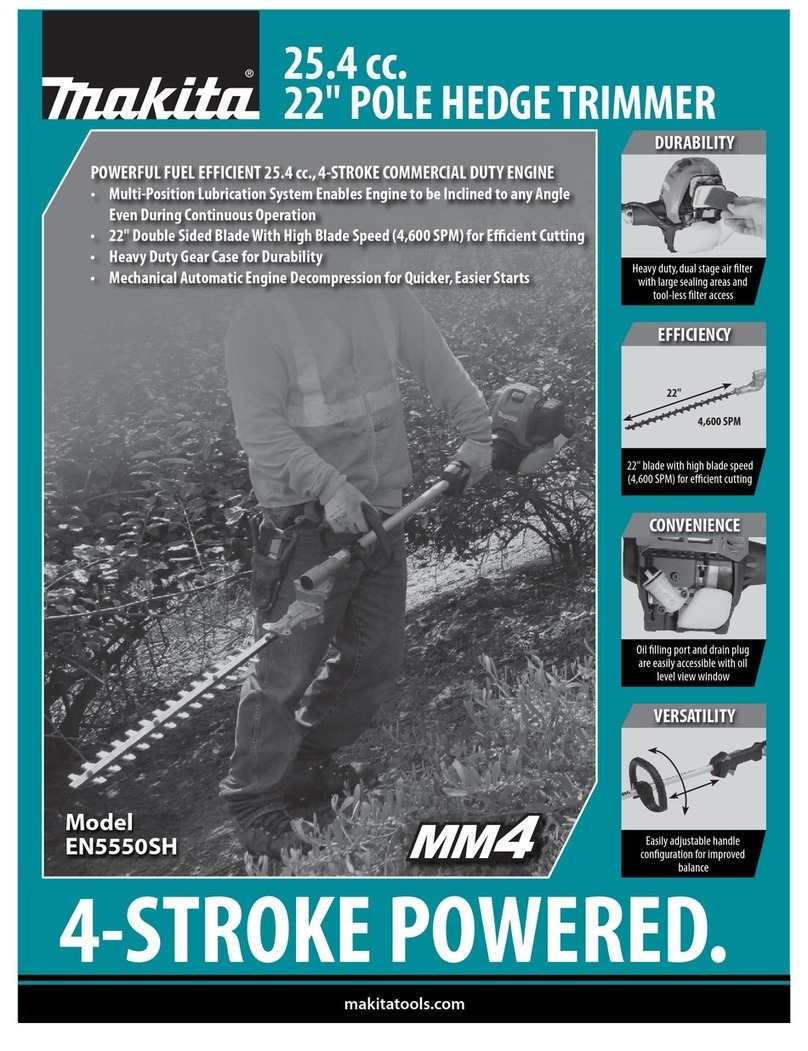Makita DUR368A User manual
Other Makita Trimmer manuals
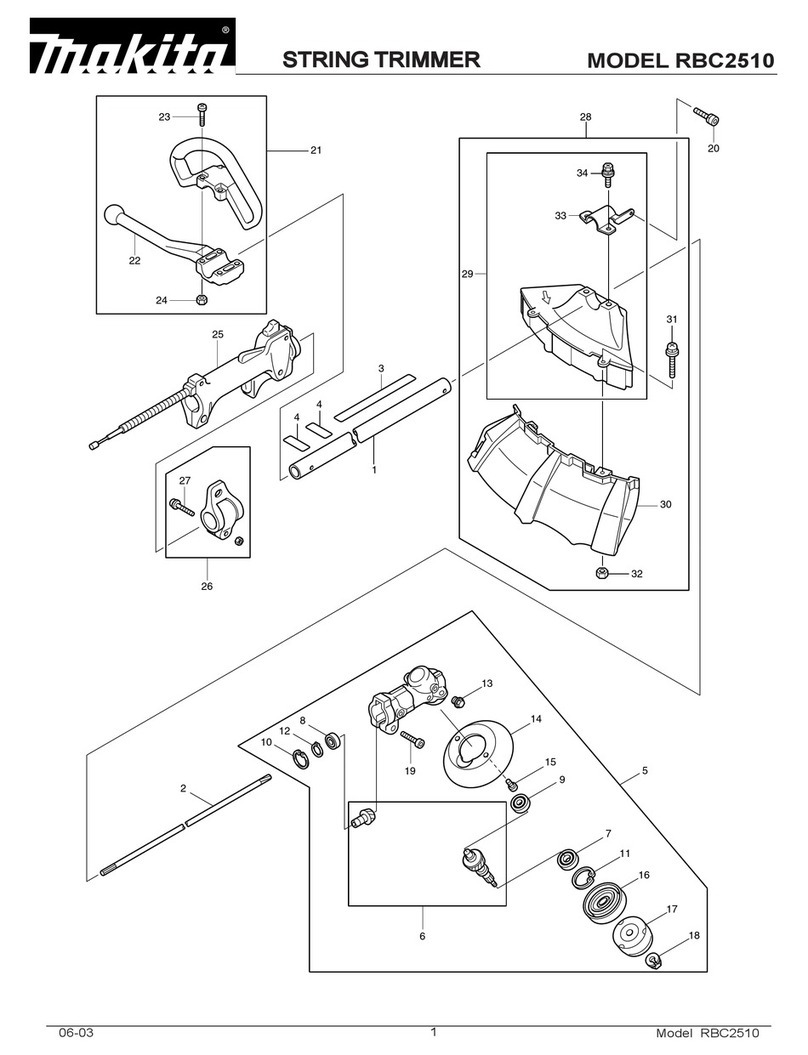
Makita
Makita RBC2510 User manual
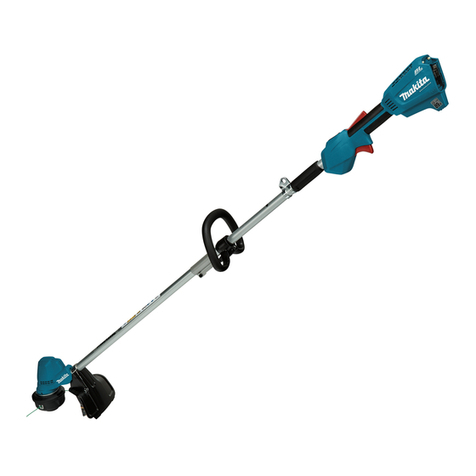
Makita
Makita DUR192L User manual
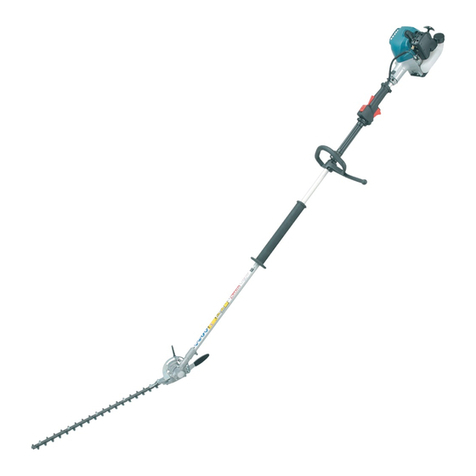
Makita
Makita PTR2500 User manual
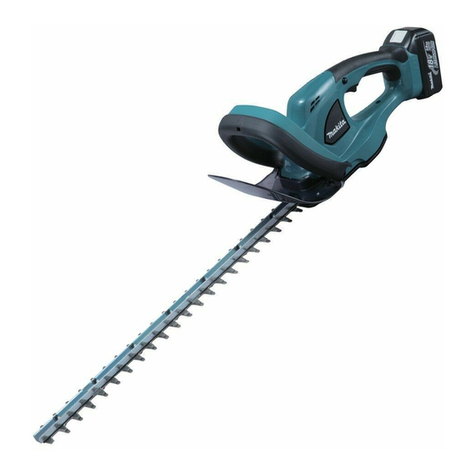
Makita
Makita BUH481 User manual
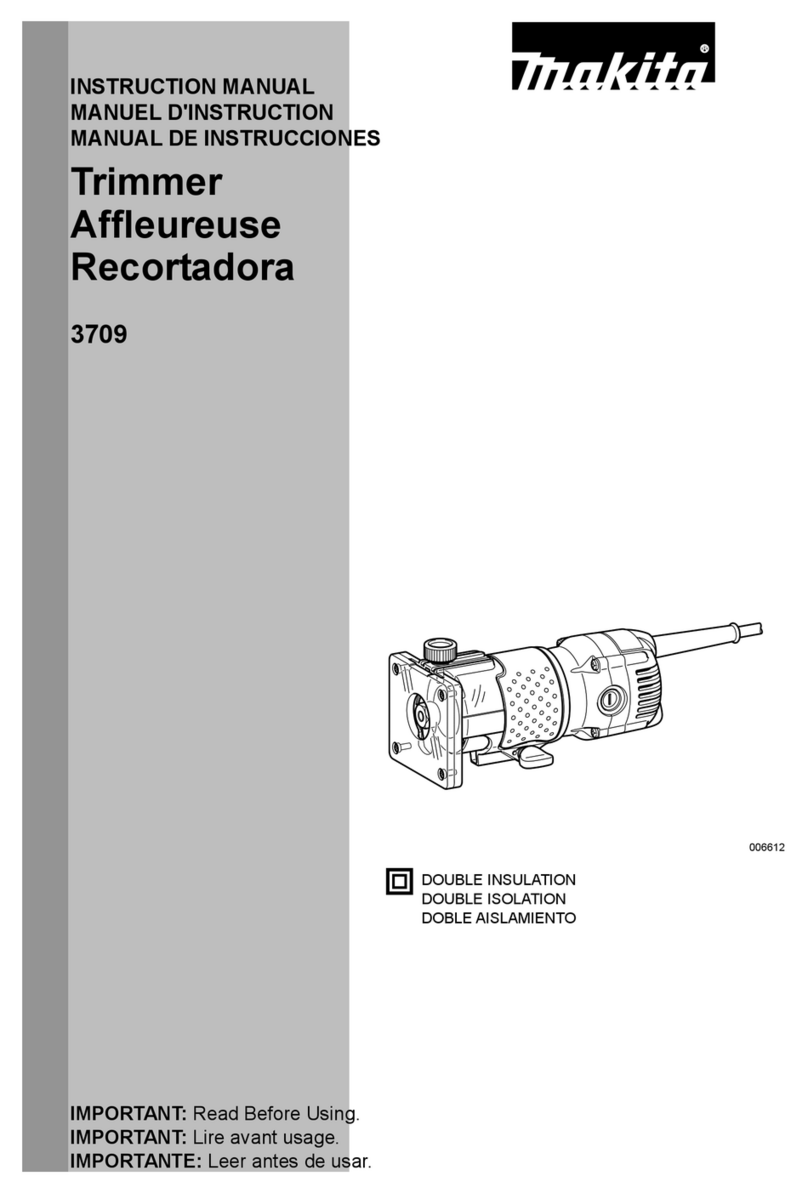
Makita
Makita 3709 User manual

Makita
Makita UH013G User manual
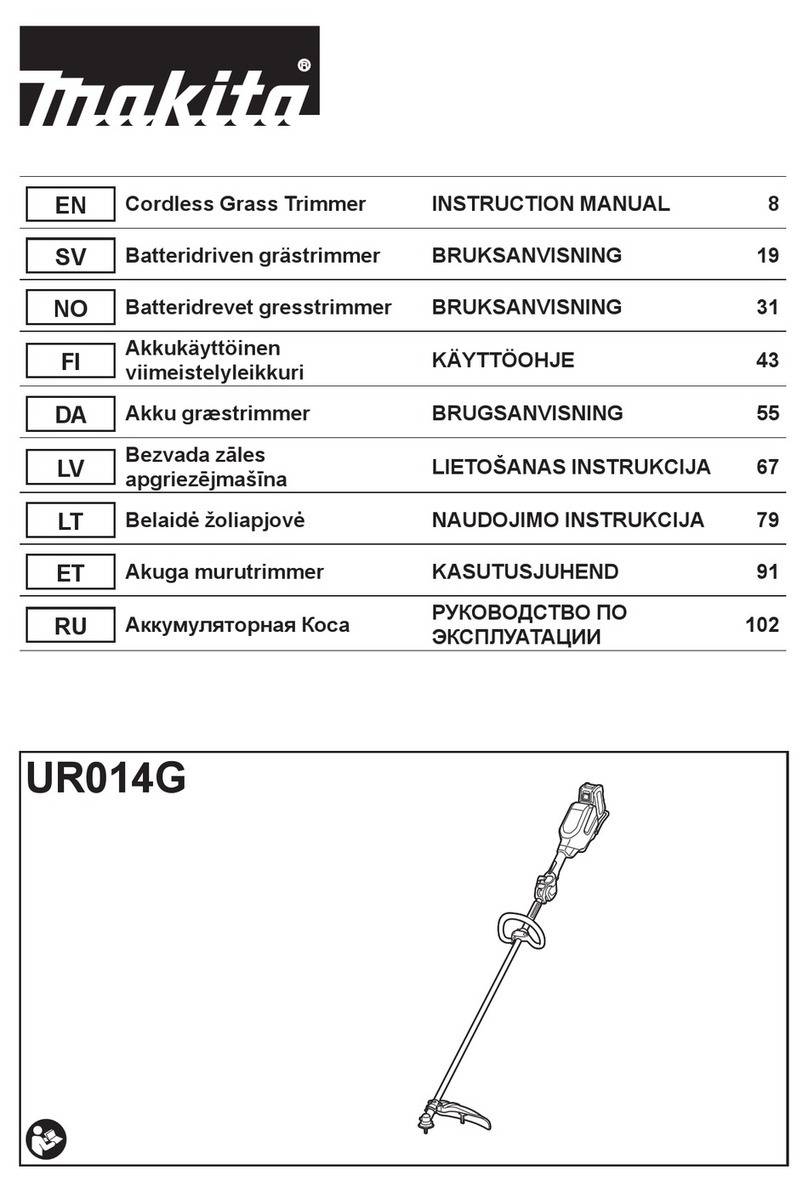
Makita
Makita UR014G User manual

Makita
Makita 3710 User manual
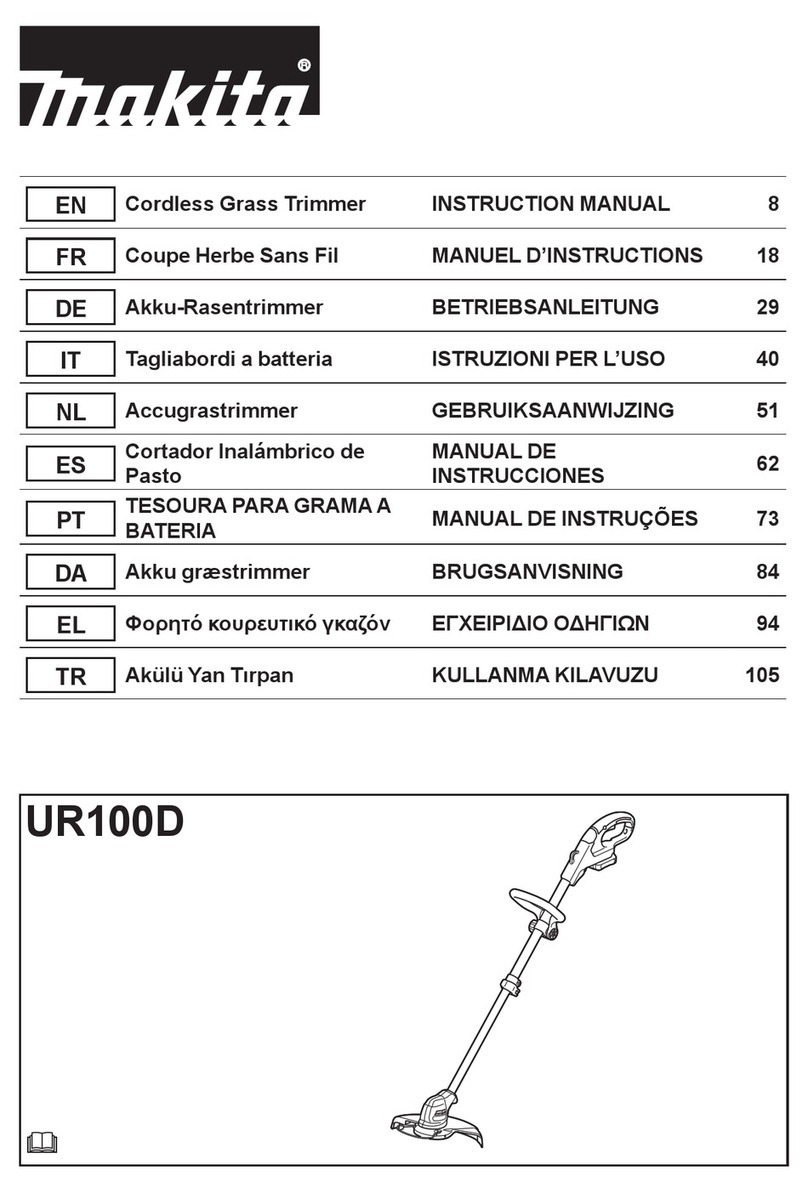
Makita
Makita UR100D User manual
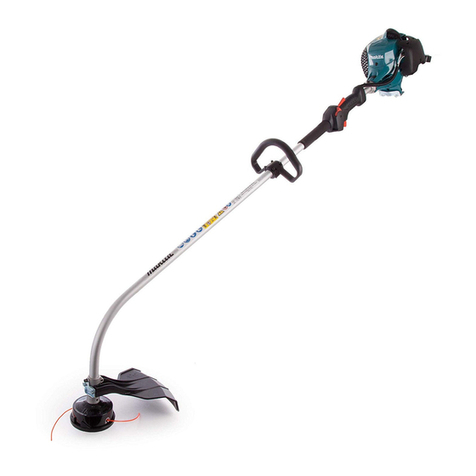
Makita
Makita ER2600L User guide
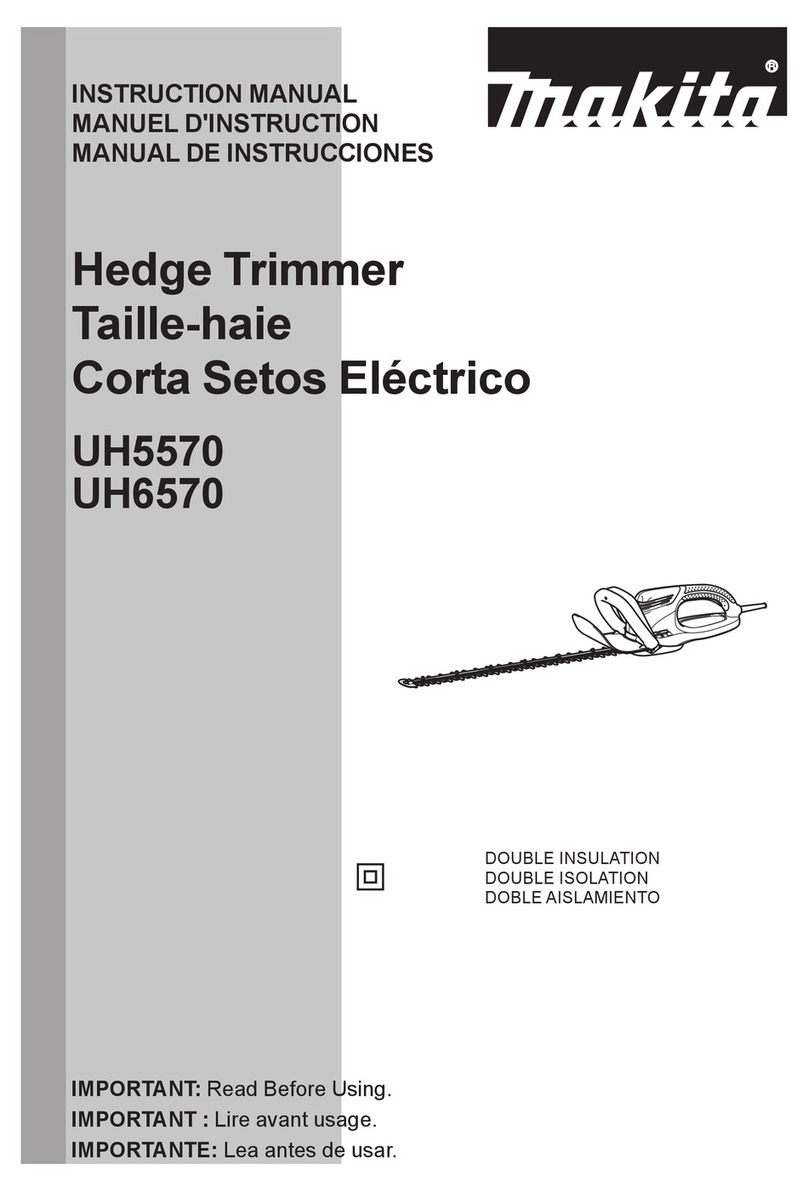
Makita
Makita UH5570 User manual
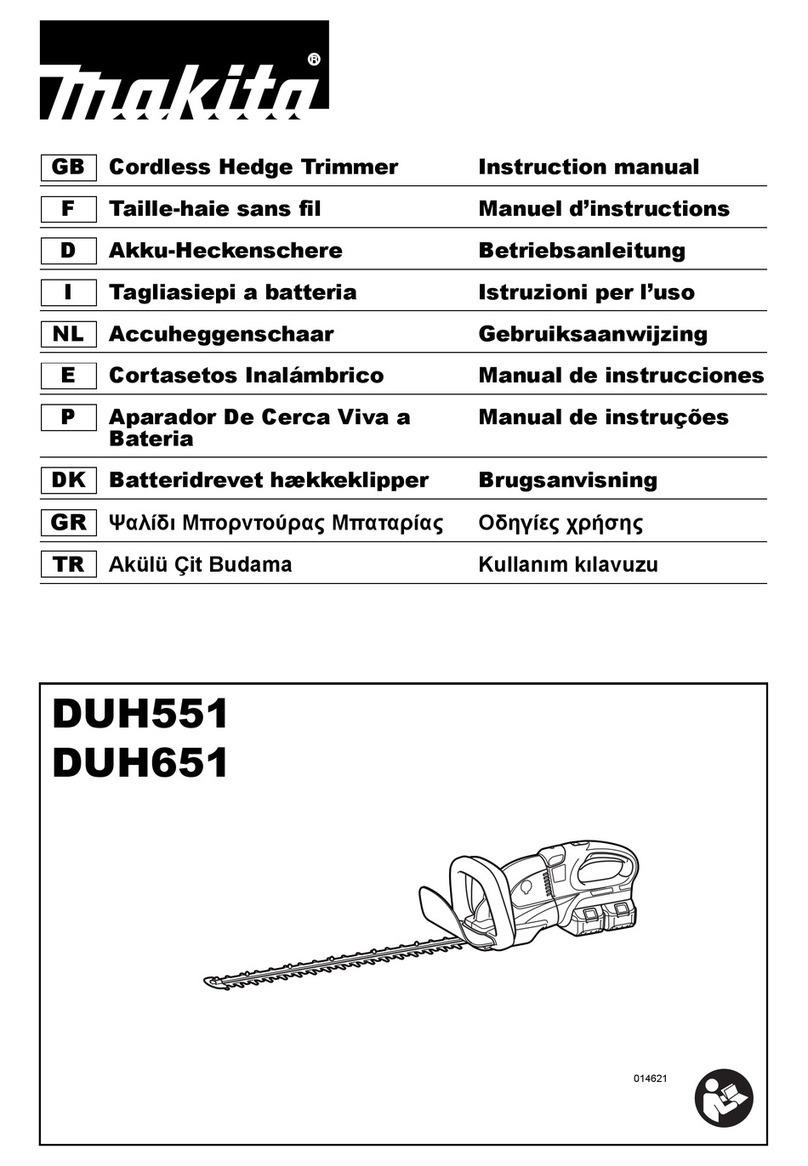
Makita
Makita DUH551 User manual
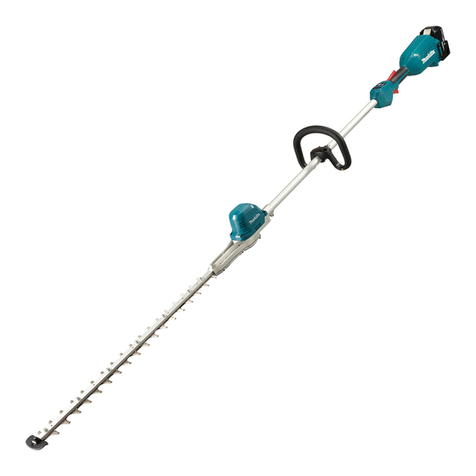
Makita
Makita DUN600L User manual
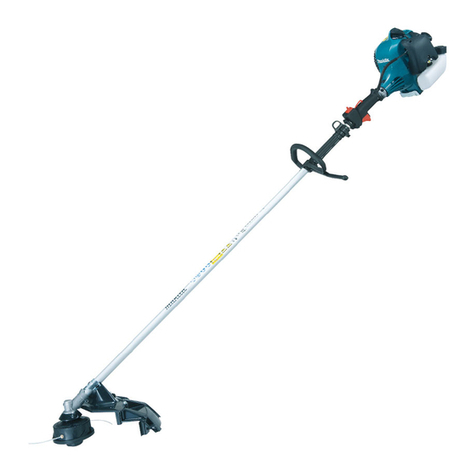
Makita
Makita EM2600U Instruction Manual
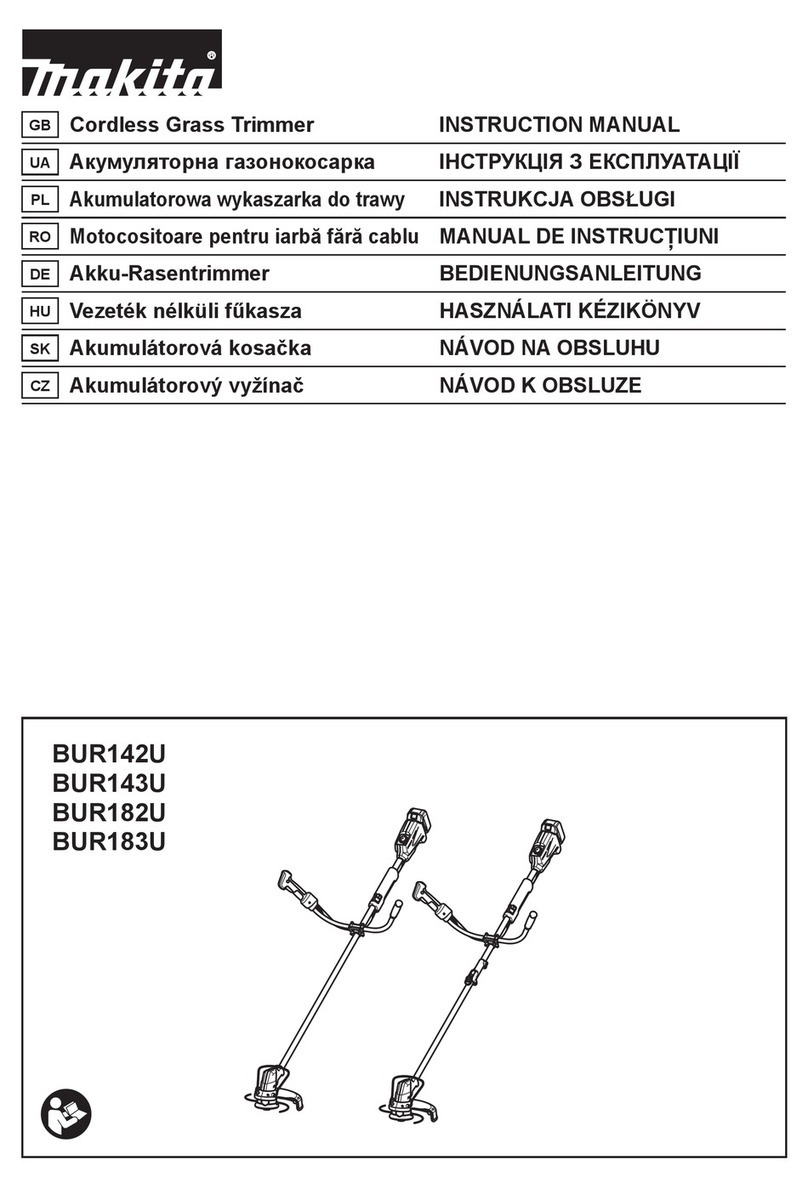
Makita
Makita BUR142U User manual

Makita
Makita DUH507 User manual
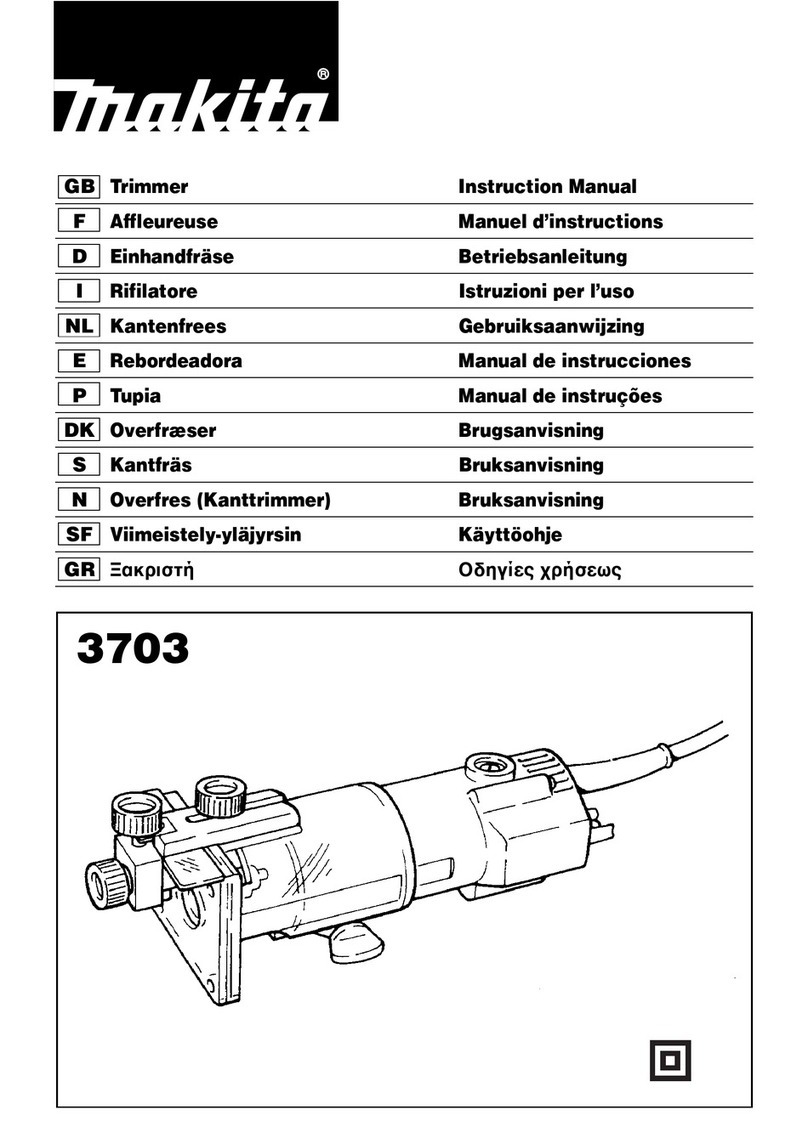
Makita
Makita 3703 User manual
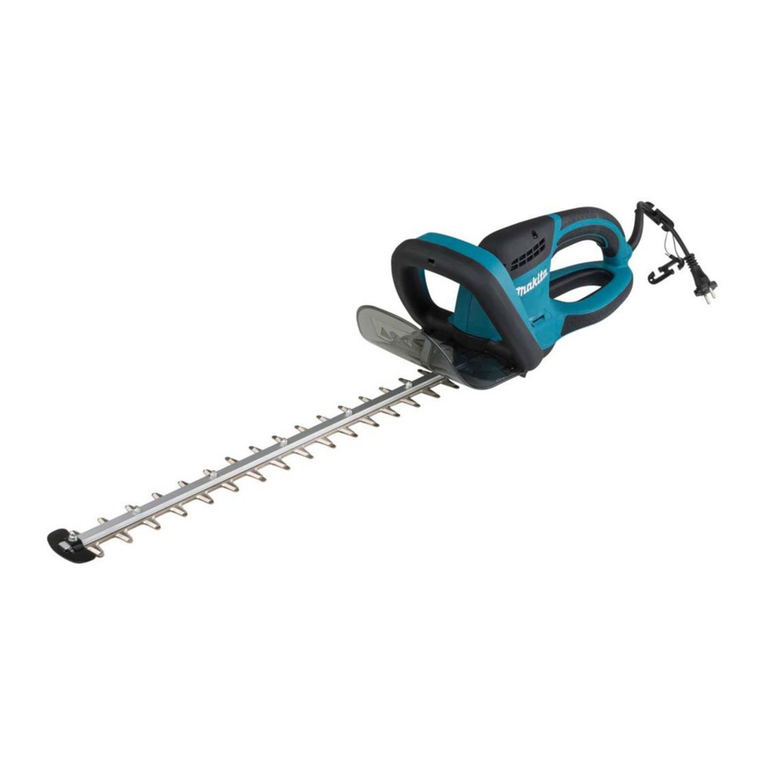
Makita
Makita UH5580 User manual
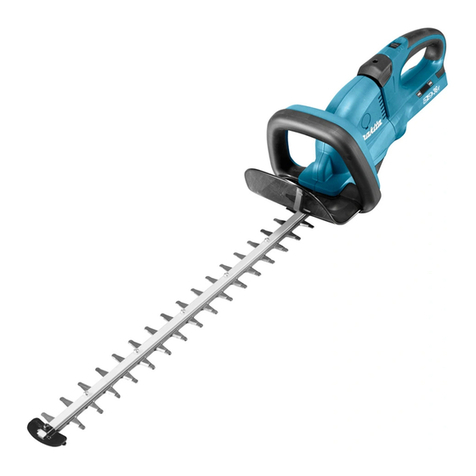
Makita
Makita UH4570 User manual

Makita
Makita RT001GZ18 User manual
